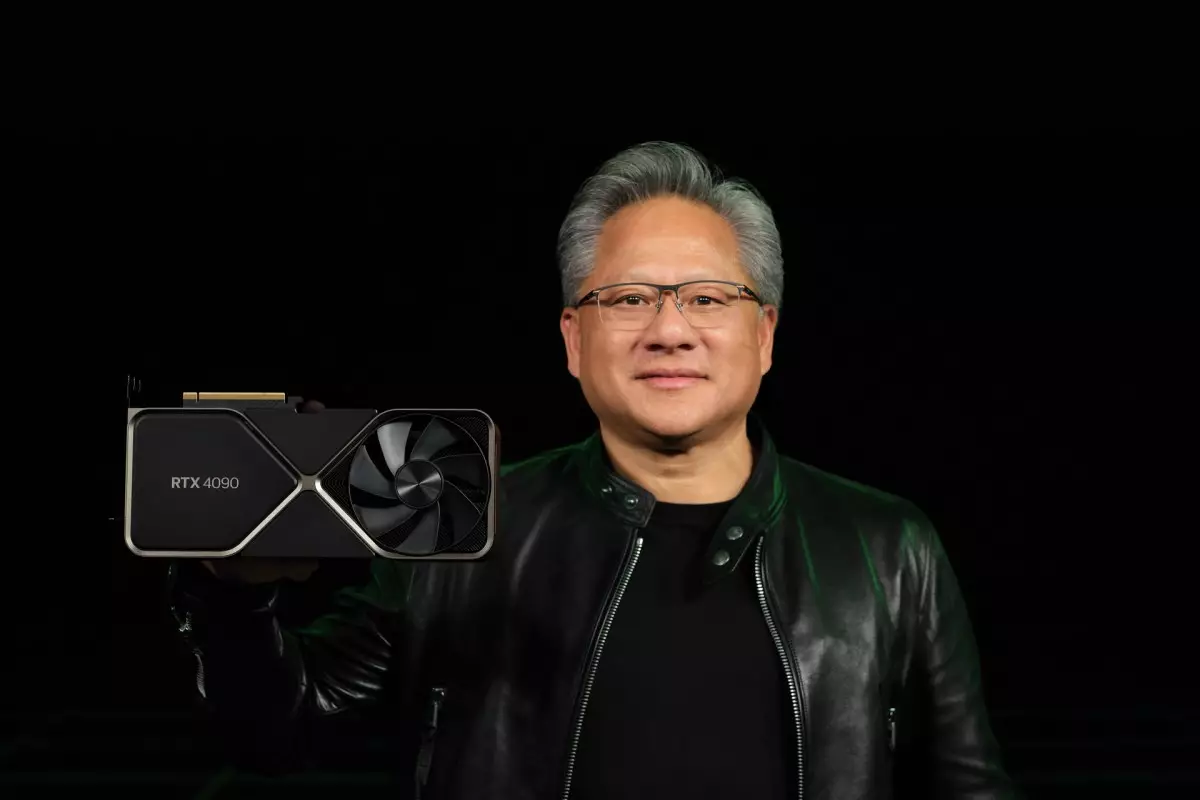In a rapidly evolving technology landscape, Nvidia has emerged as a powerhouse, particularly in the realms of artificial intelligence (AI) and graphics processing. The announced acquisition of Run:ai, a promising Tel Aviv-based startup focusing on AI workload management, marked a significant step for Nvidia. With a valuation of $700 million, this acquisition was part of Nvidia’s strategy to bolster its AI services by integrating innovative technologies. However, the proposed deal has not proceeded without challenges, particularly in the form of regulatory scrutiny from the European Union (EU).
The EU’s response to Nvidia’s acquisition of Run:ai stems from a referral request by Italian competition regulators. Under the European Union Merger Regulation (EUMR), although the transaction did not reach the standard threshold for an EU-level review, national regulators can escalate concerns if they believe a merger may pose a threat to competition within their local market. This regulatory maneuver highlights the growing vigilance among European authorities regarding potential monopolistic practices within the tech sector, particularly following a history of Big Tech’s unchecked expansions.
The Italian regulators invoked Article 22(1) of the EUMR, allowing them to prompt the Commission to examine the merger despite its initial classification as lacking an EU dimension. By accepting this referral, the EU underscored its commitment to maintaining a competitive landscape in the digital sector. The Commission’s explanation indicated that they believe the merger could significantly impact competition not just in Italy but across the broader European Economic Area.
Nvidia is now required to formally document the details of the proposed transaction for the EU’s competition enforcers. This step is crucial as it signifies the intensifying scrutiny of mergers and acquisitions, particularly within pivotal industries like artificial intelligence. Nvidia cannot finalize the acquisition without the EU’s clearance, and initial delays could turn into prolonged investigations if the Commission identifies substantial concerns.
Such regulatory scrutiny serves as a reminder of the evolving landscape for large tech entities, which previously enjoyed a relatively hands-off approach from competition regulators. The onus is now on Nvidia to demonstrate how this acquisition aligns with competitive practices and furthers innovation, rather than stymying it. Should any indications of monopolistic behavior arise, the possibility of a more extended examination looms heavily over the merger.
This situation is indicative of a broader trend in regulatory attitudes toward large tech firms. In recent years, government bodies worldwide, especially in Europe and North America, have heightened oversight of mergers and acquisitions in the tech sector. Instances of dominant firms buying out smaller competitors to stifle competition have led to a more proactive stance from regulators. This change recognizes the potential risks posed by concentrated market power, particularly in technology sectors where innovation relies heavily on a few key players.
As artificial intelligence continues to infiltrate various sectors—from healthcare to transportation—the stakes only increase. Nvidia’s expertise and resources position it as a central player in the AI domain, but this also means its actions are under greater scrutiny. With its capabilities tied closely to the demand for graphics processing units (GPUs) and access to leading-edge AI technologies, the implications of the Run:ai acquisition could echo throughout the entire industry.
Nvidia’s proposed acquisition of Run:ai finds itself at a critical juncture, influenced by regulatory developments from the EU that reflect a more attentive and demanding landscape for technology mergers. As Nvidia seeks to bolster its market position through strategic acquisitions, it must now navigate the complexities of regulatory compliance and the potential ramifications on its growth strategy. The culmination of this scrutiny may set a precedent for future mergers within the tech sector, signaling a new era of diligence and accountability that large companies must contend with in their pursuit of innovation and market dominance. As the EU embarks on this review, all eyes will be on the outcome and what it signals for other tech giants eyeing similar expansions.

